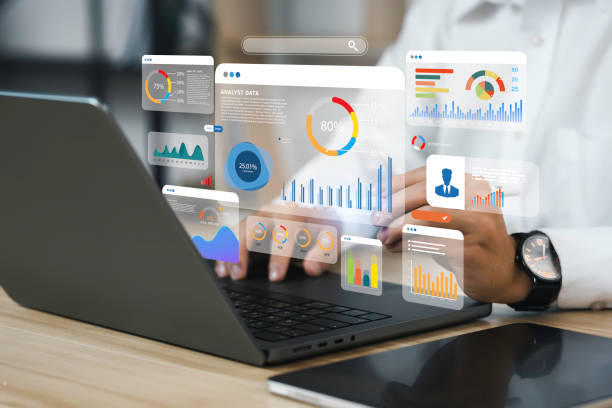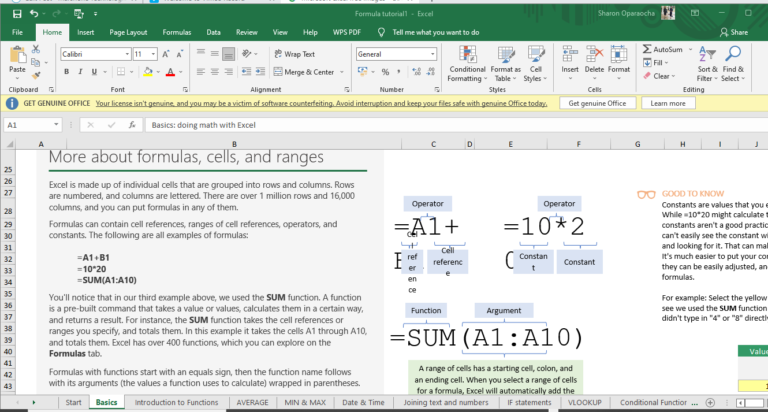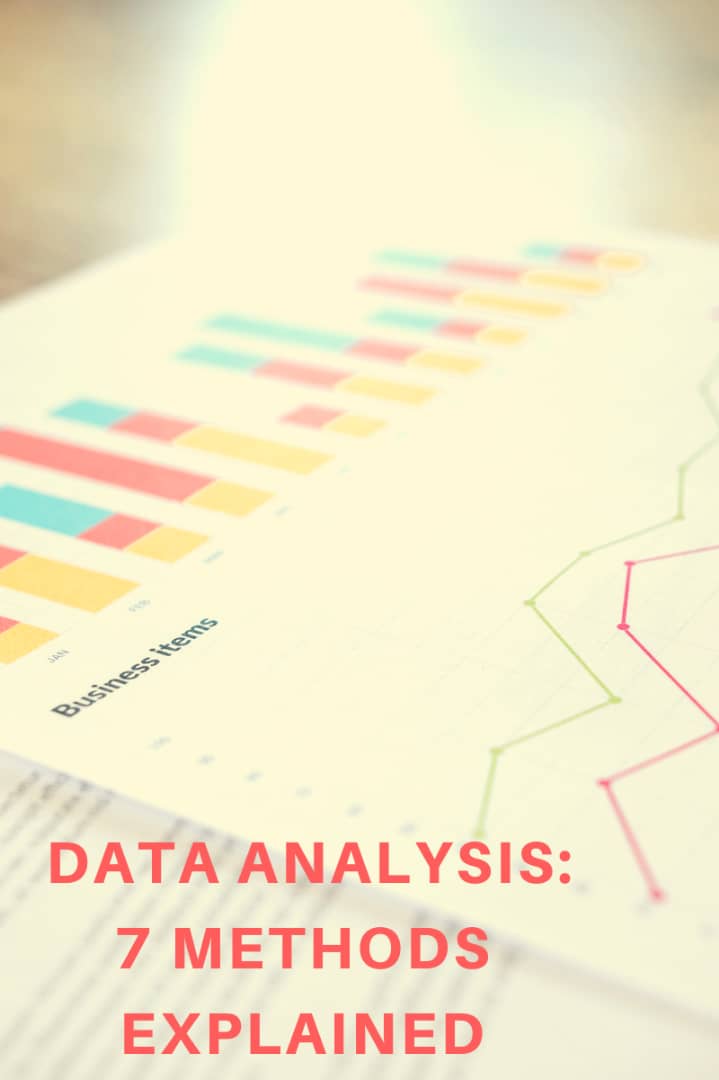Ever heard the phrase, data is the new gold?
Well, in this article we will walk you through how to gather data for your business.
In this new business era, data is both gold and power. You need data to make insightful decisions. Data plays a significant role in how businesses engage their prospects and how they retain their customers. The right data help businesses personalize adverts and marketing messages. This data could be prospects or customers demographic, target-market, product, customer behavior and preferences, public perception, social/cultural interests, etc. The quality of your decision depends on the quality of data you have. And the quality of your data depends on the quality and appropriateness of the data collection method and technique you employ.
Now, let’s have a robust but concise discussion on how to gather data for your business and why your business needs data.
Why data is important For Your Business
Table of Contents
Data is the lifeblood of any organization of any size. It enables informed decision-making process which ultimately leads to business growth.
Office of Research Integrity defined data collection as the “process of gathering and measuring information on variables of interest that enables one to answer questions, test hypotheses, and evaluate outcomes.”
Data collection from business perspective helps you;
- Understand the target-market/audience
- Know your customers and their preferences
- Learn more about your prospects
- Understand what is important to your customers on a deeper level
- Know what cultural or societal factors affect your business
- Make data-driven decisions
- Understand what appeals to the diverse business stakeholders
- Be aware of business environmental factors, their impacts and most suitable sustainability practices
- Improve risk-assessments
- Properly segment your prospects and customers to deliver enhanced automated marketing campaigns (Ads) that resonates with their interests.
- Improve data utilization, reporting, and market forecasting, these in turn allows for more accurate business long-term outlooks
- Increase revenue because quality data helps you know you know both customers and competitors which helps you know where and on what to focus your efforts.
How to Gather Data for Your Business
The data collection methods and techniques you utilize significantly impacts your ability to collect pertinent for your organization. Data collection must follow a structured process to yield the desired result.
Data collection steps
Define Data Requirements
This is the first stage or step in collecting the right data for your business. You must identify objectives for the data. Why do you need the data, what purpose will the data serve? Understanding why data is needed will help you define specific goals and objectives for data collection.
Stakeholder Engagement
Involve relevant individuals and departments. Collaboratively define data requirements. Give them the opportunity to make inputs which ultimately impact the quality of the data gathering process.
- Select Data Sources
Generally, there two basic sources of data; internal and external sources.
Internal Sources include:
1. Existing databases and records.
2. Employee-generated data.
3. Customer/client-generated data
External Sources include:
1. Market research reports.
2. Publicly available data.
3. Third-party data providers.
4. Data Generation
This stage involves creating data from a sampled data source such as customer reviews, feedbacks, complaints, social media tags, comments, etc. This usually comes after data collection.
5. Data Collection Methods
A. Surveys and Questionnaires
1. Define survey questions.
2. Select sampling methods.
3. Administer surveys via various channels (online, phone, in-person).
B. Interviews
1. Identify interviewees.
2. Prepare structured or semi-structured questions.
3. Conduct interviews and record responses.
C. Observations
1. Define what to observe.
2. Use tools such as cameras, sensors, or manual observations.
D. Data Crawling and Scraping
1. Identify target websites or sources.
2. Develop web scraping scripts.
3. Retrieve and store data.
E. Data Purchase
1. Research reputable data vendors.
2. Negotiate contracts and terms.
3. Verify data quality.
6. Data Storage and Management
A. Data Warehousing
1. Set up a centralized data repository.
2. Ensure scalability and data security.
B. Data Cleaning
1. Identify and handle missing or inaccurate data.
2. Standardize formats and variables.
C. Data Cataloging
1. Create metadata for easy data discovery.
2. Categorize and tag datasets.
D. Data Governance
1. Establish data ownership and responsibility.
2. Implement data access controls and security measures.
E. Backup and Disaster Recovery
1. Regularly back up data to prevent loss.
2. Develop a disaster recovery plan.
7. Data Collection Tools and Technologies
1. Data Collection Software
- Choose tools for surveys (e.g., SurveyMonkey, Google Forms).
- Select data analytics platforms (e.g., Tableau, Power BI).
2. IoT Platforms
- Utilize IoT platforms for sensor data.
- Ensure compatibility and scalability.
3. Web Scraping Frameworks
- Use Python libraries like BeautifulSoup and Scrapy.
- Automate web scraping processes.
4. Database Systems
- Employ relational databases (e.g., MySQL, PostgreSQL).
- Consider NoSQL databases (e.g., MongoDB) for unstructured data.
- Data Collection Ethics and Compliance
A. Data Privacy
- Comply with data protection laws (e.g., GDPR, CCPA).
- Obtain consent when collecting personal data.
B. Anonymization and De-identification
- Remove personally identifiable information (PII).
- Protect data subjects’ privacy.
C. Data Security
- Implement encryption and secure access controls.
- Regularly audit and monitor data access.
8. Data Analysis and Interpretation
A. Data Transformation
- Prepare data for analysis (cleaning, normalization).
- Convert data into a suitable format (e.g., time series, categorical).
B. Data Visualization
- Create charts, graphs, and dashboards.
- Use visualization tools (e.g., Excel, Tableau) to convey insights.
C. Statistical Analysis
Depending on the size of your business and the amount of date you collected you can:
- Apply statistical tests and models.
- Identify patterns, correlations, and outliers.
9. Reporting and Communication
A. Create Reports
1. Summarize key findings.
2. Include actionable recommendations.
B. Stakeholder Communication
1. Present data insights to relevant teams.
2. Tailor communication to the audience’s level of technical expertise.
10. Continuous Improvement
A. Feedback Loop
1. Solicit feedback from data users.
2. Adapt data collection methods based on feedback.
B. Iterative Process
1. Continuously refine data collection strategies.
2. Stay updated with evolving technologies and data sources.
Final Words
In this article we looked at how to gather data for your business. The article revealed that gathering data for your business or organization involves a process that is multifaceted. Thus, it requires careful and strategic planning, ethical considerations, and the use of appropriate tools and technologies. The outlined steps if followed judiciously will ensure effective and efficient data gathering for your organization and ultimately contribute to informed decision-making and organizational success. However, it is worthy to note that data gathering is a continuous process with room for continued learning and improvement.




